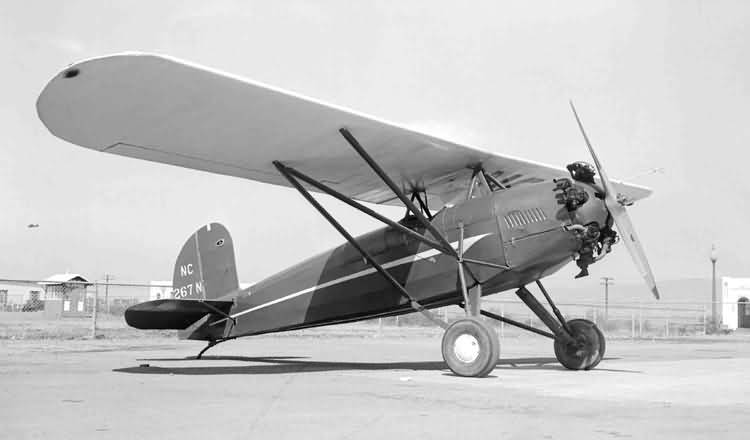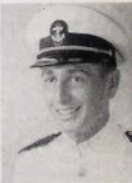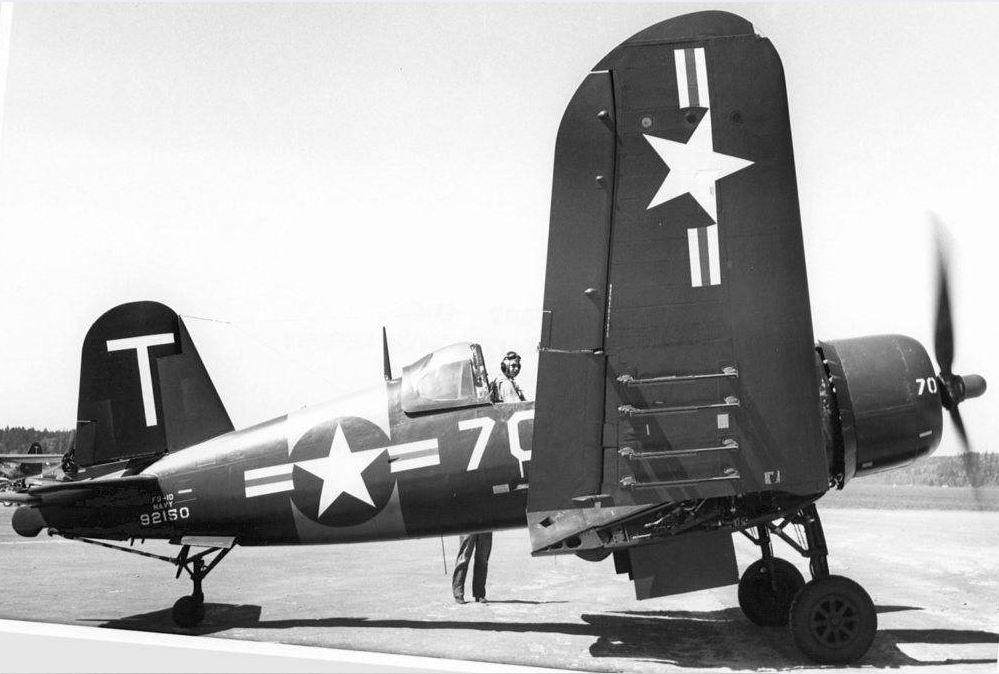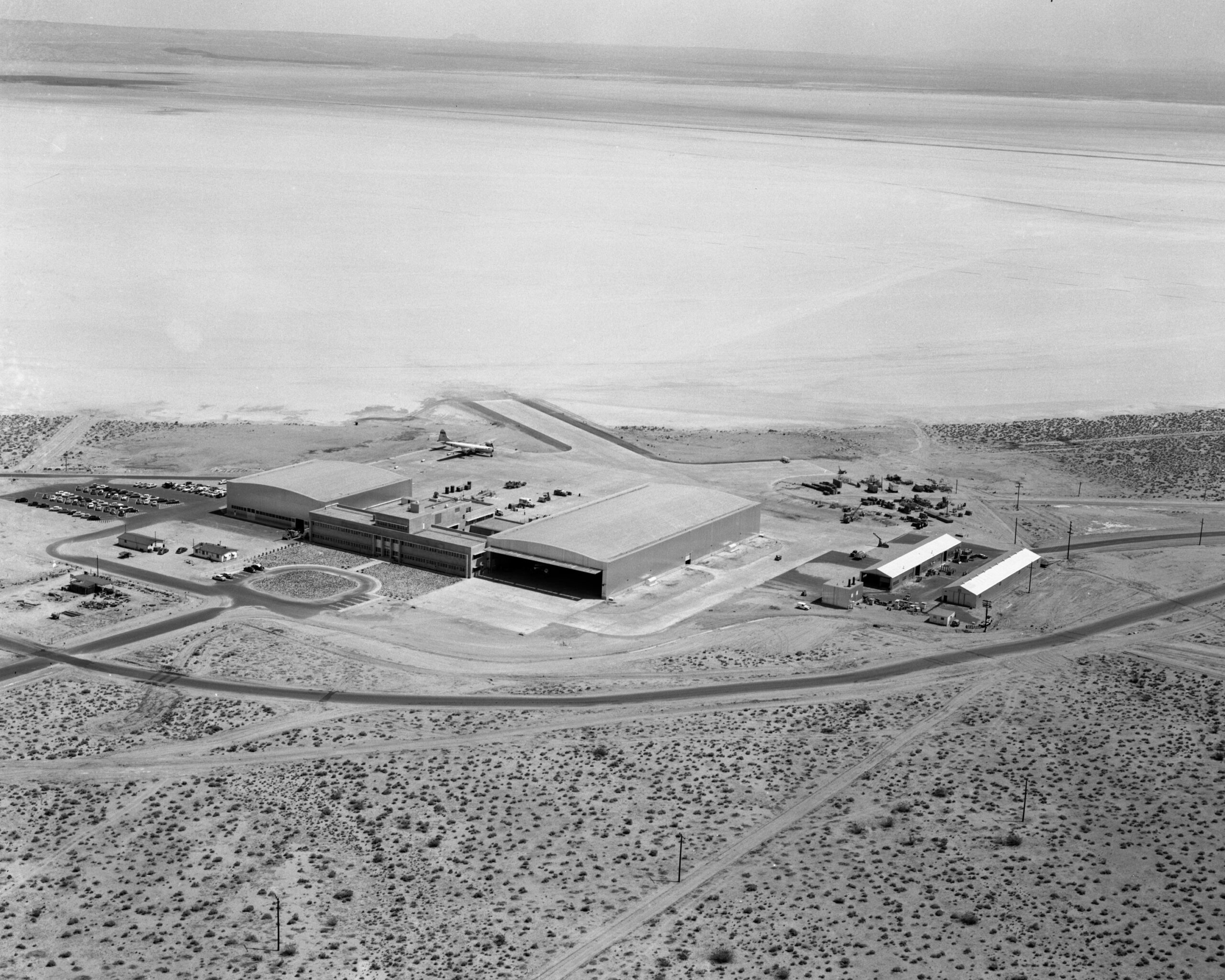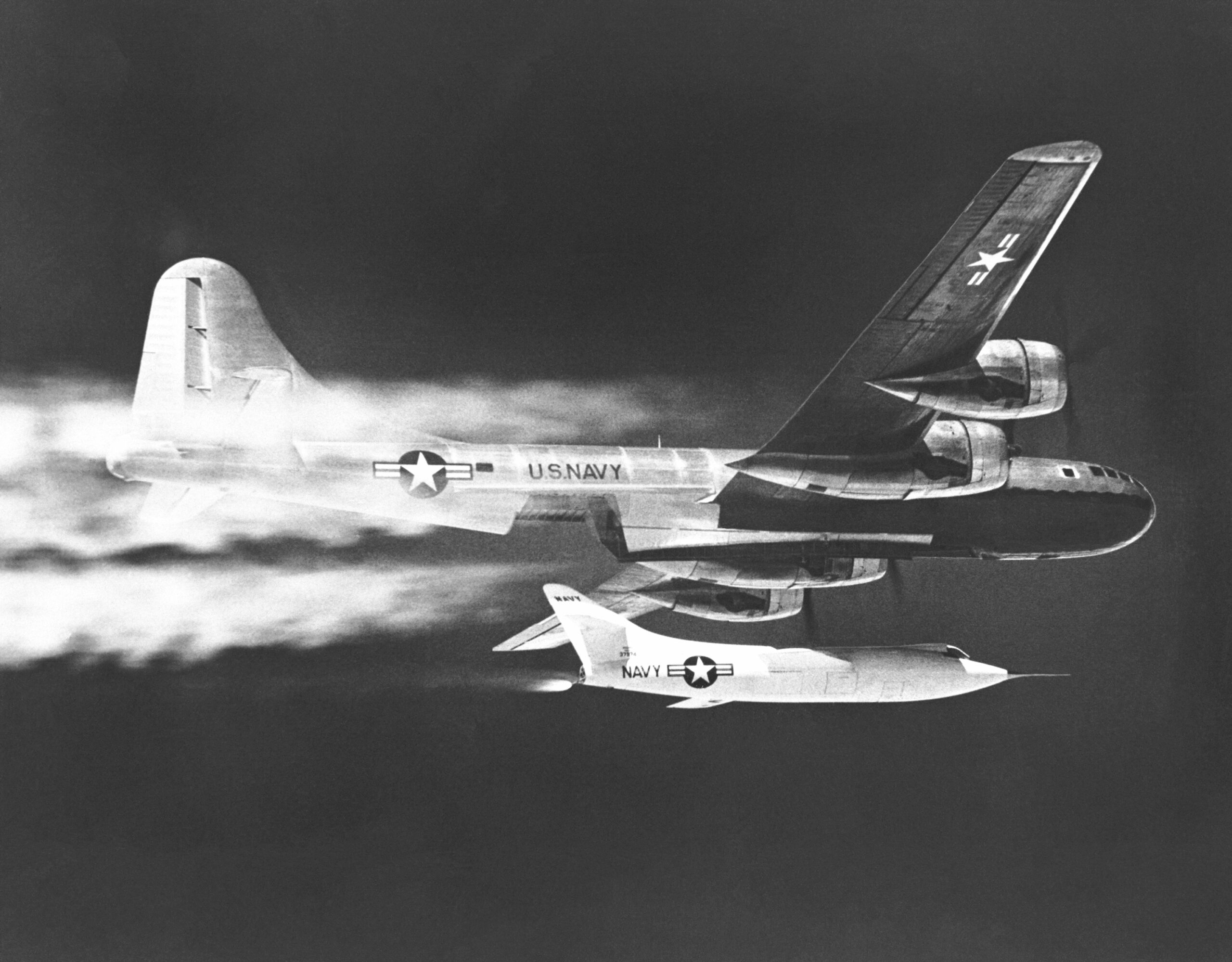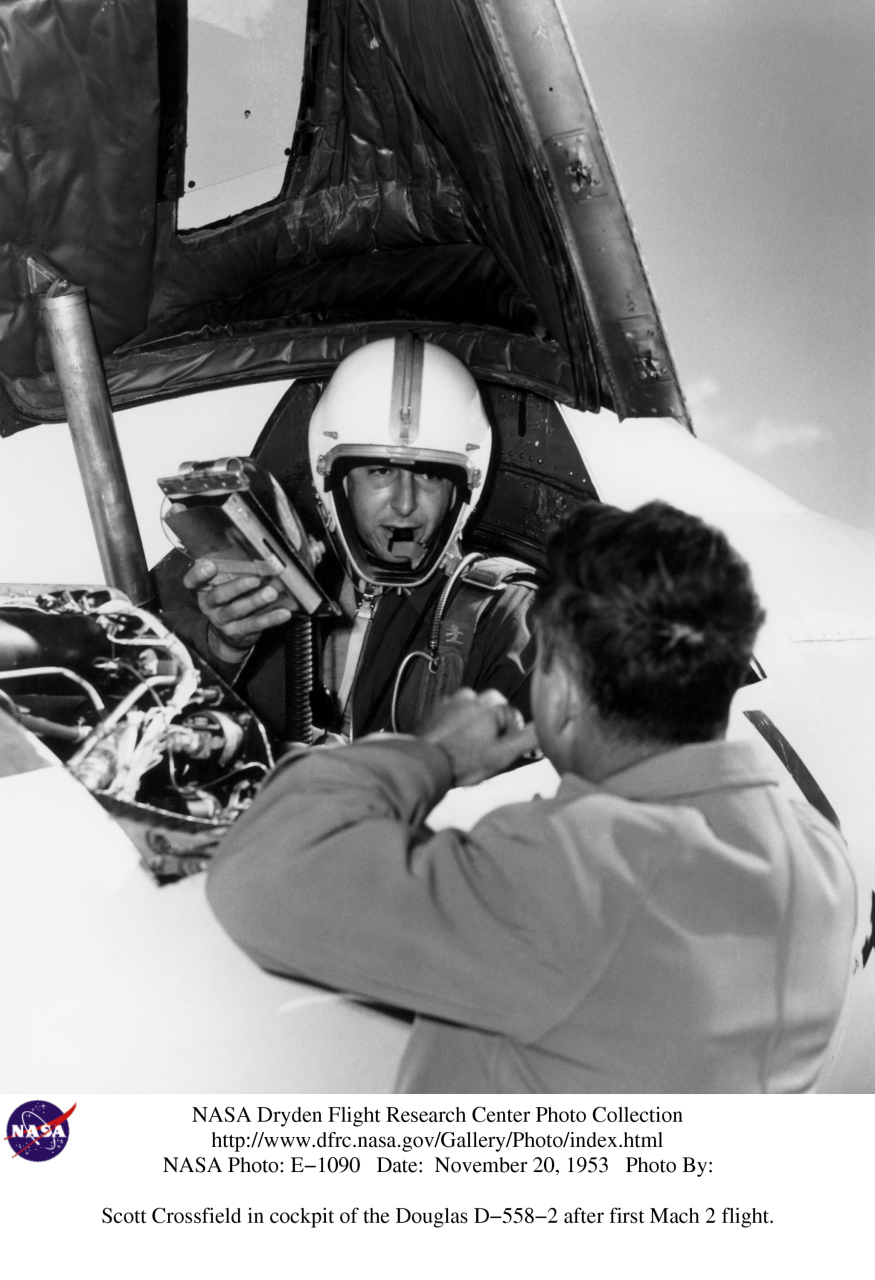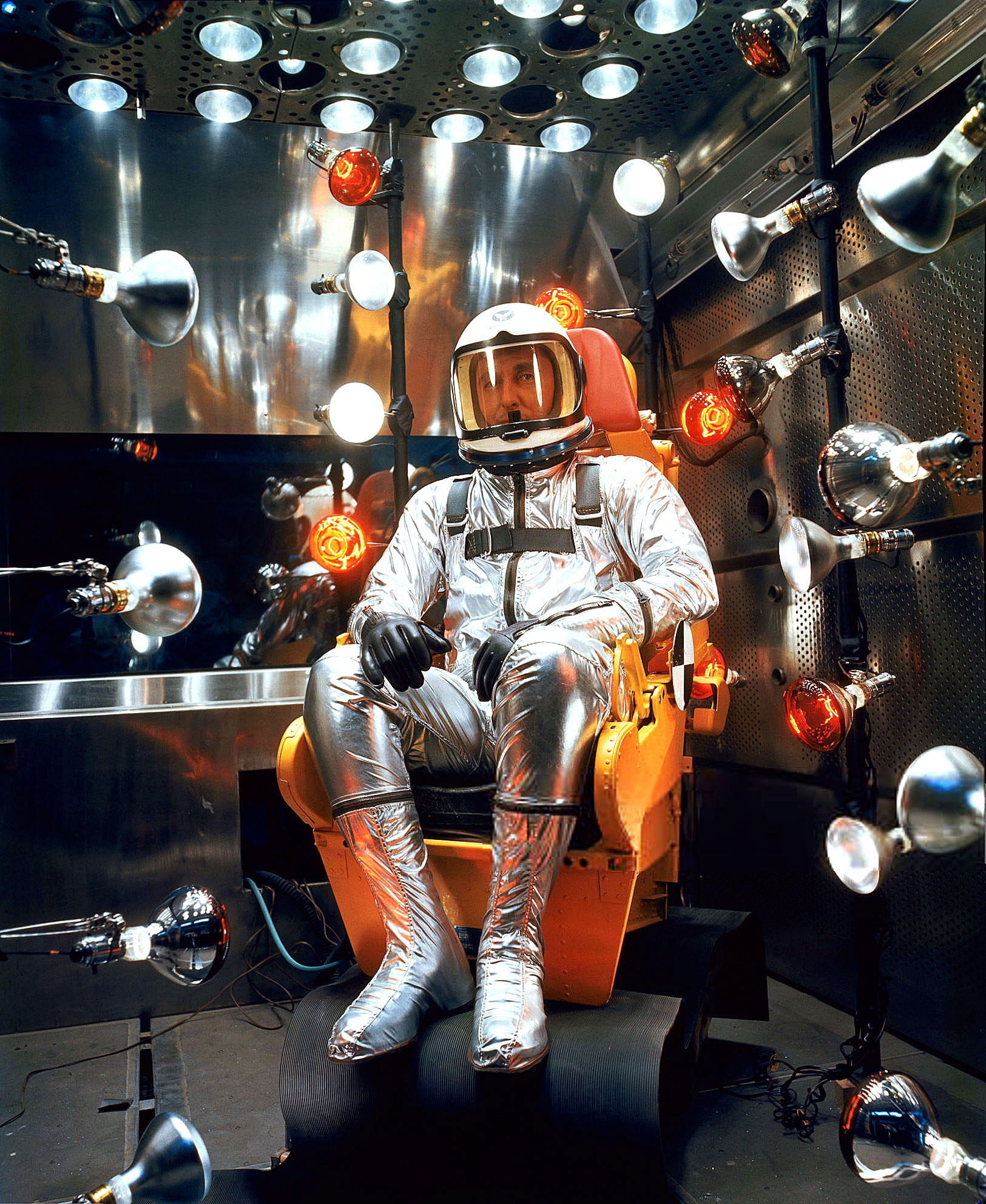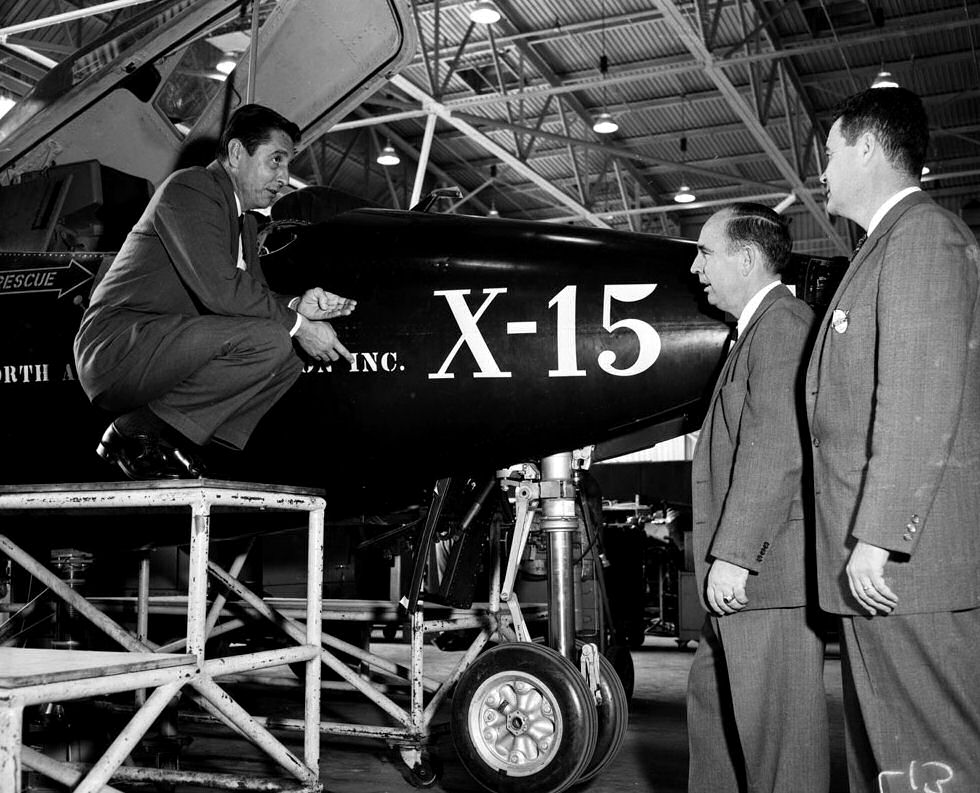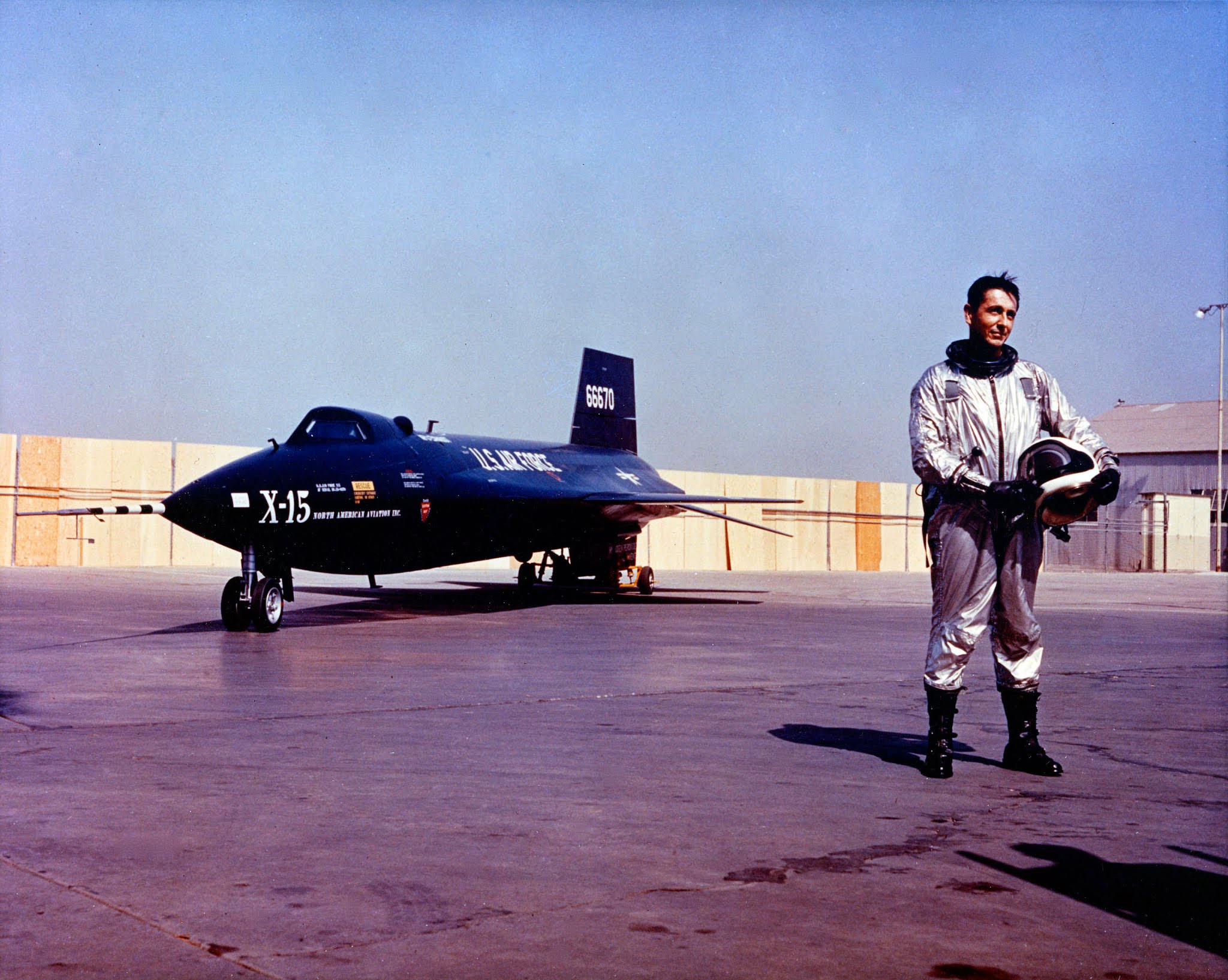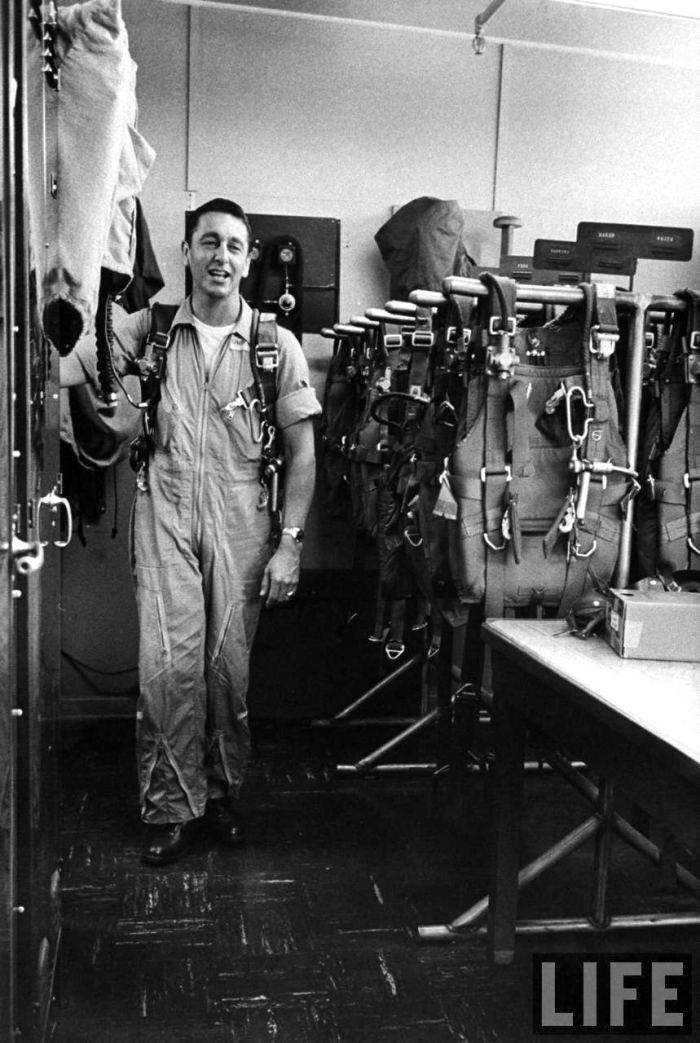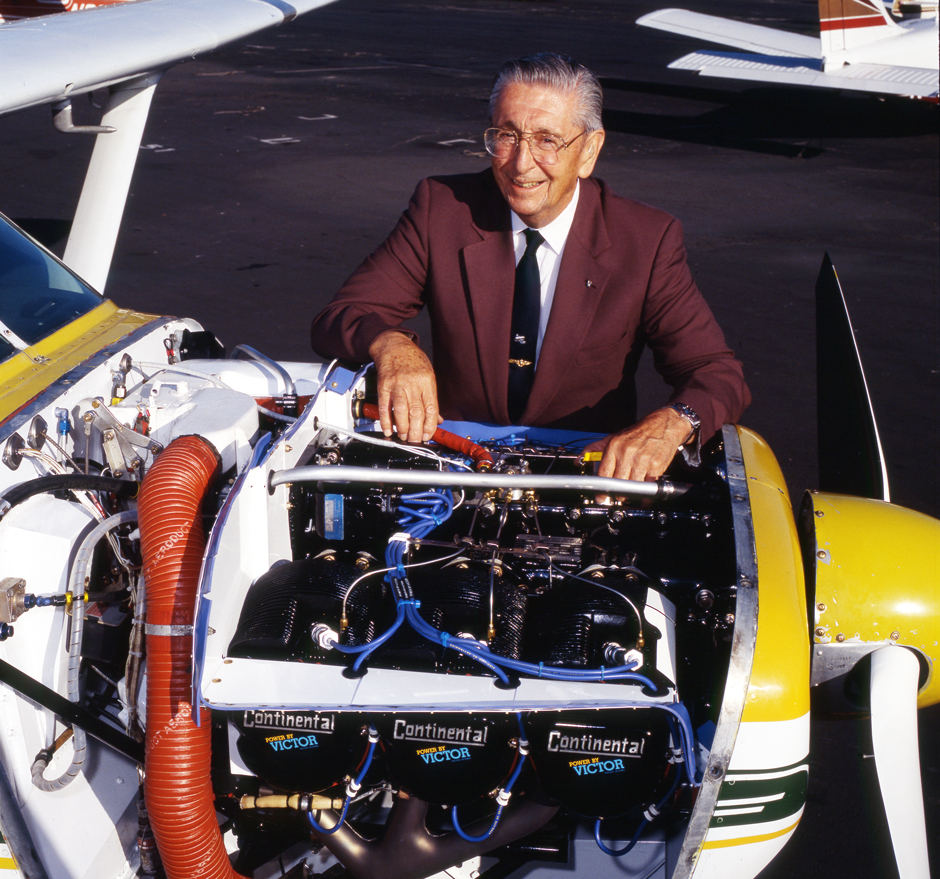
19 April 2006: Former experimental test pilot Albert Scott Crossfield, Jr., was enroute from Prattville, Alabama, to Manassas, Virginia. Crossfield was flying his personal Cessna 210A, N6579X. The Cessna was cruising at 11,000 feet (3,353 meters) under Instrument Flight Rules (IFR), and under the control of the Atlanta Air Route Traffic Control Center (ARTCC).
During the flight, he encountered a Level 6 thunderstorm.
Crossfield requested to deviate from his planned course to avoid the severe turbulence. Atlanta Center authorized his request and he began to turn. Approximately 30 seconds later, at 11:10 a.m., radar contact was lost near Ludville, Georgia. The last indication was that the Cessna was descending through 5,500 feet (1,676 meters).
The wreckage of N6579X was located the following day by a Civil Air Patrol search team, 3.3 nautical miles (6.1 kilometers) northwest of Ludville at an elevation of 1,269 feet (386.8 meters) above Sea Level. [N. 34° 30.767′, W. 84° 39.492′] The airplane had descended through the forest canopy nearly vertically and created a crater approximately 4½ feet (1.4 meters) deep and 6 feet (1.8 meters) across. Albert Scott Crossfield’s body was inside.
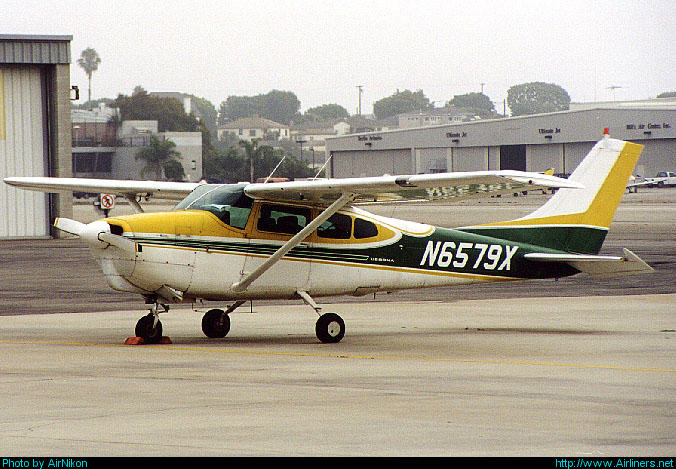
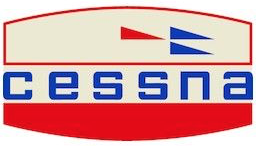
The Cessna 210A was 28 feet, 2 inches (8.585 meters) long with a wingspan of 36 feet, 6 inches (11.125 meters) and overall height of 9 feet, 7 inches (2.921 meters). The airplane had an empty weight of 1,839 pounds (834.2 kilograms) and maximum gross weight of 2,900 pounds (1,315.4 kilograms). It had a fuel capacity of 65 gallons (246 liters), with 10 gallons (37.9 liters) unusable, and 12 quarts of engine oil (11.4 liters).
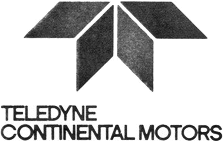
The Cessna Model 210A has a maximum structural cruise speed (VNO) of 175 miles per hour (282 kilometers), and maximum speed (VNE) of 200 miles per hour (322 kilometers per hour). Maneuvering speed, which should be used in turbulent conditions, is 130 miles per hour (209 kilometers per hour). The 210A has a maximum rate of climb of 1,300 feet per minutes (6.6 meters per second) and service ceiling of 20,700 feet (6,309 meters). Its maximum range is 1,284 miles (2,066 kilometers).

Albert Scott Crossfield, Jr., was born 2 October 1921 at Berkeley, California. He was the second of three children of Albert Scott Crossfield, a chemist who was employed as the superintendant of the Union Oil Company refinery in Wilmington, California, and Lucia M. Dwyer Crossfield.
When he was five years old, young “Scotty” contracted pneumonia. He was comatose for a while and was not expected to survive, but after several weeks he began to recover. A year later, he again became seriously ill, this time with rheumatic fever. He was confined to total bed rest for four months, and continued to require extensive bed rest until he was about ten years old. It was during this time that he became interested in aviation.
Scott Crossfield attended Boistfort Consolidated School, southwest of Chehalis, Washington, graduating in 1939, and then studied engineering at the University of Washington until taking a job at Boeing in late 1941. During this time, Scotty learned to fly in the Civilian Aviation Training Program.
The week following the attack on Pearl Harbor and the United States’ entry into World War II, Scott Crossfield enlisted as an aviation cadet in the United States Army Air Corps. After numerous delays, he joined the United States Navy on 21 February 1942, and resigned from the Air Corps. He began aviation cadet training at NAS Sand Point, near Seattle, and then was sent to NAS Corpus Christi, Texas. In December 1942, he graduated, received his gold Naval Aviator wings and was commissioned as an Ensign, United States Naval Reserve.
Ensign Crossfield was assigned to NAS Kingsville, near Kingsville, Texas, as an advanced bombing and gunnery instructor.
In April 1943 at Corpus Christi, Texas, Ensign A. Scott Crossfield married Miss Alice Virginia Knoph of Seattle. They would have nine children.
Ensign Crossfield served as a gunnery instructor for two years. He was promoted to Lieutenant (junior grade), 1 March 1944. In 1945 he was transferred to Air Group 51 in the Hawaiian Islands, which was preparing for the invasion of Japan. Crossfield was promoted to Lieutenant, 1 August 1945, while serving aboard the Independence-class light aircraft carrier USS Langley (CVL-27). With the end of World War II, though, the Navy was cutting back. Lieutenant Crossfield was released from active duty 31 December 1945.
Following the War, Scotty returned to the University of Washington to complete his degree. He took a part time job operating the University’s wind tunnel. At the same time, he remained in the Naval Reserve, assigned to VF-74, a fighter squadron which flew both the Grumman F6F Hellcat and Chance Vought F4U Corsair out of NAS Sand Point, back where his naval career began.

Crossfield graduated from the University of Washington with a bachelor’s degree in aeronautical engineering in June 1949, and a master’s degree in 1950.
In 1950 Crossfield joined the National Advisory Committee for Aeronautics (NACA) as a research test pilot at the High-Speed Flight Station, Edwards Air Force Base, California. He flew the Republic YF-84, F-84F Thunderstreak, and North American Aviation F-86 Sabre. Crossfield made 25 flights in the delta-winged Convair XF-92A, which he described as “the worst flying airplane built in modern times.” He also flew the Northrop X-4 and Bell X-5. He made 17 flights conducting stability tests in the Douglas D-558-1 Skystreak. Scotty made 65 flights in the North American Aviation F-100A Super Sabre, including a test series which discovered a fatal flaw which led to the death of North American’s chief test pilot, George S. Welch.
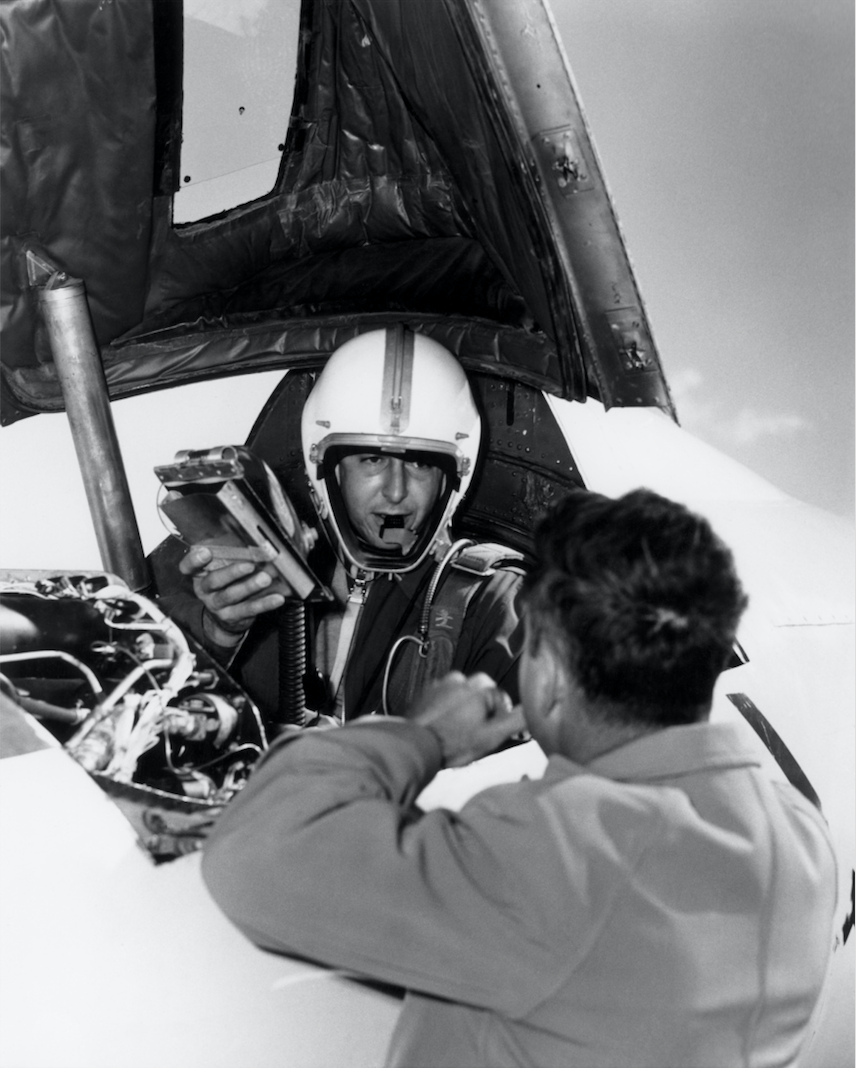
Crossfield is known as a rocketplane pilot. He made 10 flights in the Bell X-1, 89 in the Douglas D-558-II Skyrocket, and 14 in the North American Aviation X-15. He became the first pilot to exceed Mach 2 when he flew the Skyrocket to Mach 2.005, 20 November 1953.
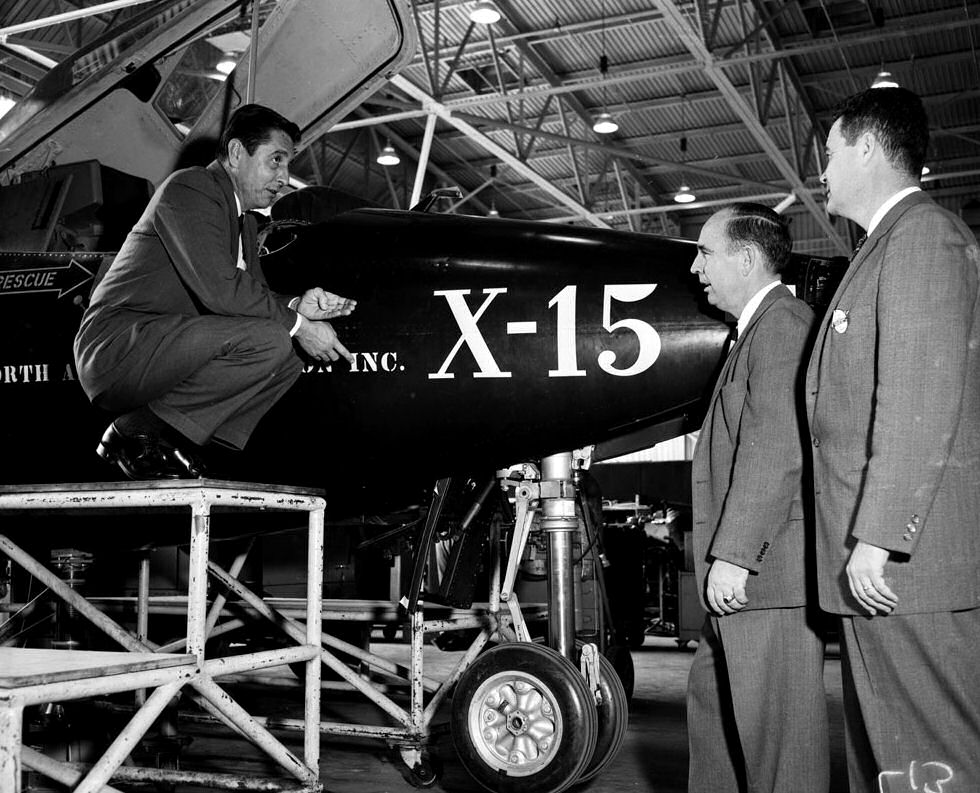
Crossfield flew for NACA for approximately five years. During that time, approximately 500 flights were made at Edwards by NACA test pilots. Scott Crossfield flew 181 of them.
Scott Crossfield left NACA in 1956 to join North American Aviation, Inc., as chief engineering test pilot for the X-15 project. Between 8 June 1959 and 6 December 1960, he made fourteen flights in the X-15. He reached a maximum speed of Mach 2.97 and altitude of 88,116 feet (26,858 meters). Once the contractor’s flight tests were completed and the rocketplane turned over to the U.S. Air Force and NACA, the customers’ test pilots, Joe Walker and Major Robert M. White, took over.
Albert Scott Crossfield made 113 flights in rocket-powered aircraft, more than any other pilot.
After completing his work on the X-15, Crossfield followed Harrison (“Stormy”) Storms, who had been the Chief Engineer of North American’s Los Angeles Division (where the X-15 was built) to the Space and Information Systems Division in Downey, California, where he worked in quality assurance, reliability engineering and systems testing for the Apollo Command and Service Modules and the Saturn S-II second stage.
Crossfield left North American at the end of 1966, becoming Vice President for Technological Development for Eastern Air Lines. In this position, he flew acceptance tests for new Boeing 720 and 727 airliners at Boeing in Seattle.
In The X-15 Rocket Plane, author Michelle Evans quoted Crossfield as to why he had not entered NASA’s space program as an astronaut:
One question that pressed was, with his love of flight and the early responsibility of going into space with the X-15, why would Scott not apply to the NASA astronaut office? He explained, “[Dr.] Randy Lovelace and General [Donald] Flickinger were on the selection board. They took me to supper one night and asked me not to put in for astronaut. I asked them, ‘Why not?’ and they said, ‘Well, we’re friends of yours. We don’t want to have to turn you down.’ I asked, ‘Why would you have to turn me down?’ and they said, ‘You’re too independent.’ “
—The X-15 Rocket Plane: Flying the First Wings into Space, by Michelle, Evans, University of Nebraska Press, 2013, Chapter 1 at Page 33.
The remains of Albert Scott Crossfield are interred at the Arlington National Cemetery.
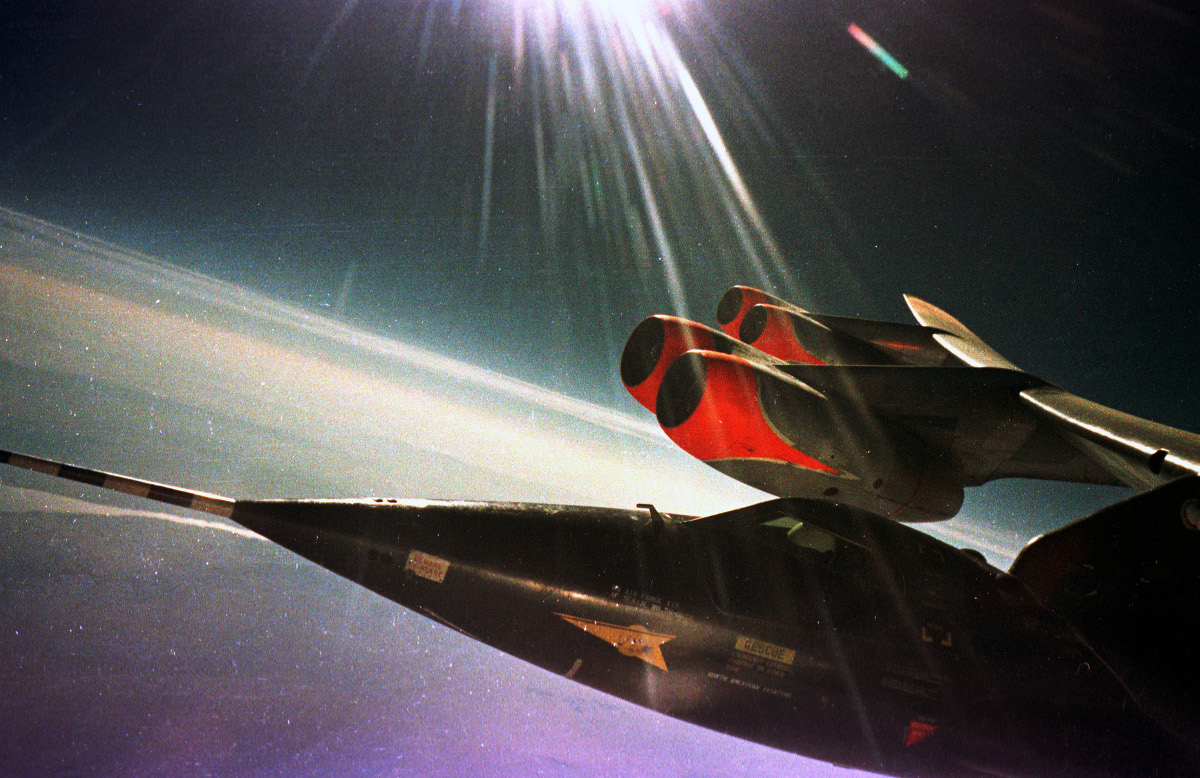
© 2017, Bryan R. Swopes
